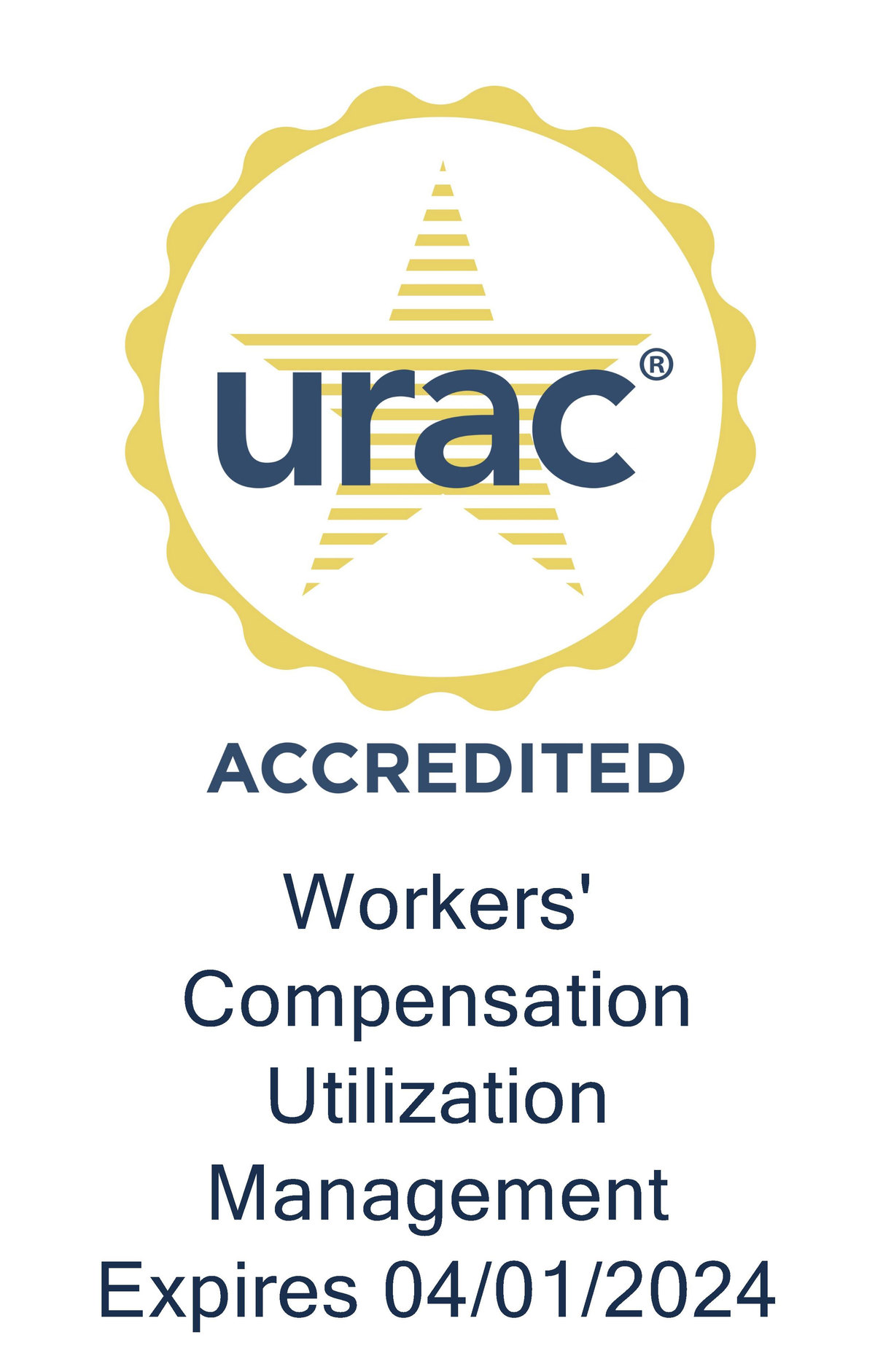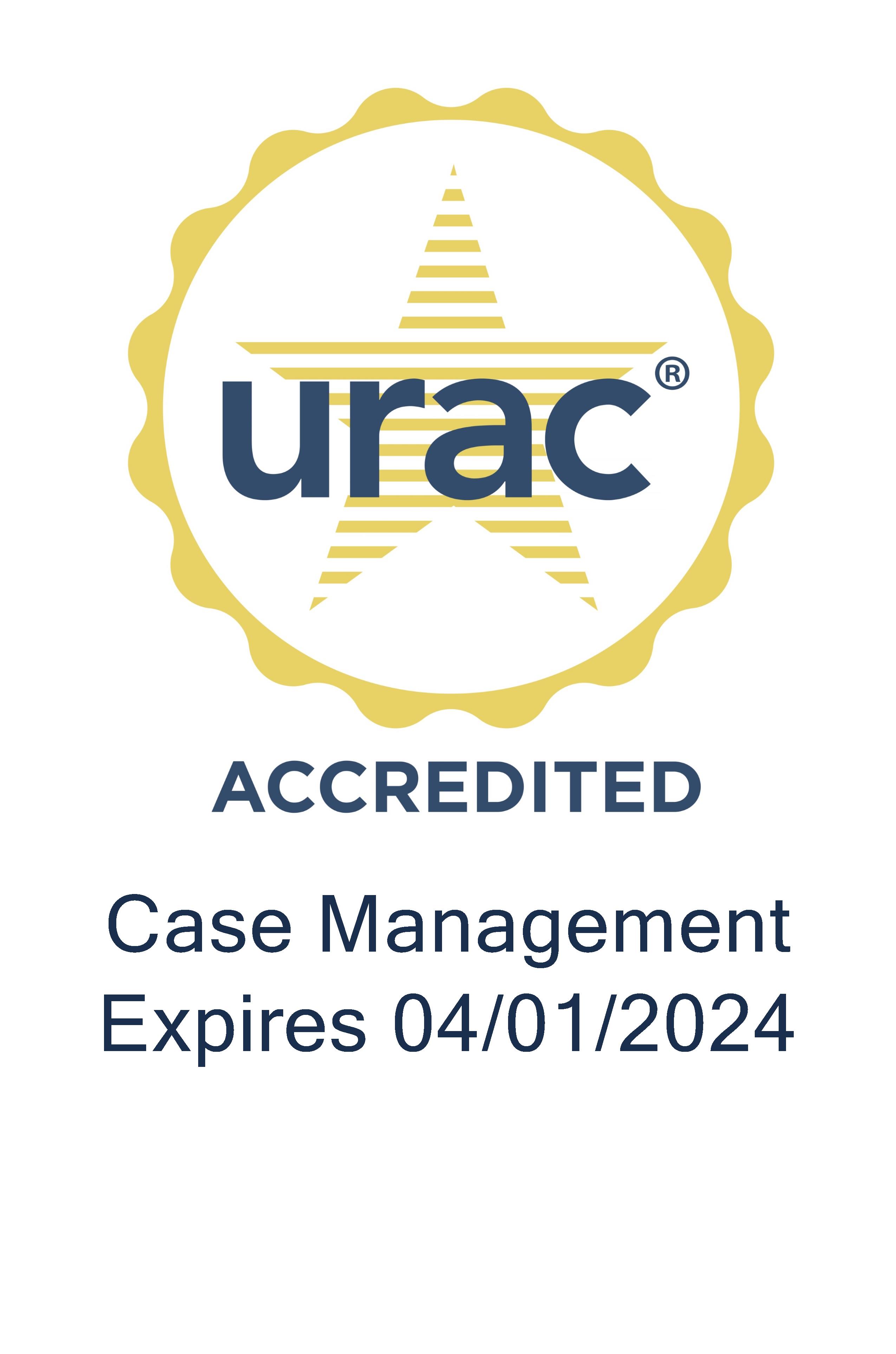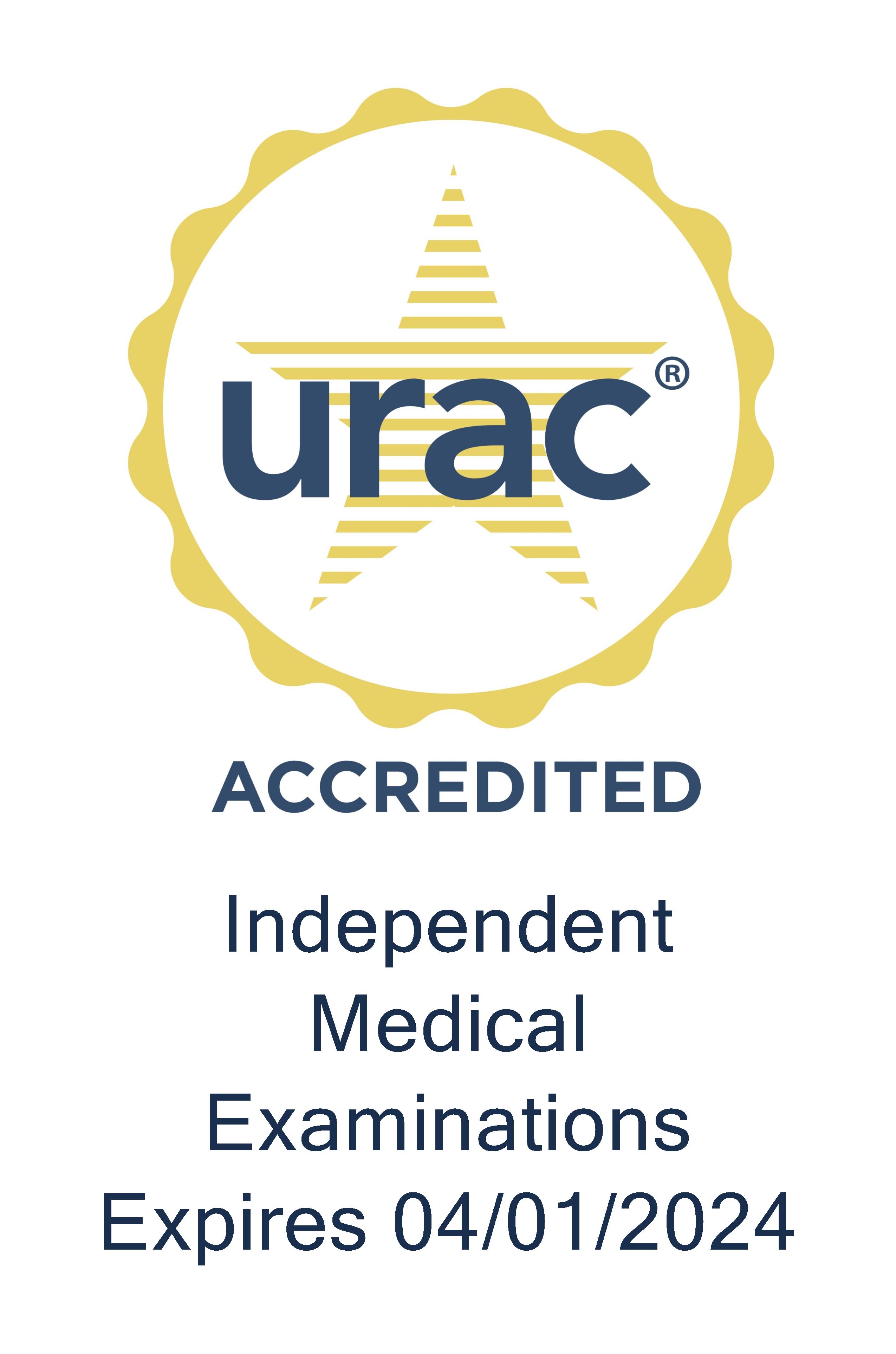In workers’ compensation, all claims are not created equal. Each claim has a distinct set of circumstances that at times can make it difficult to determine the course of action and bring the claim to resolution. Independent Medical Examinations (IME) can play a critical role in effective claims management by helping adjusters when it comes to evaluating treatment and return to work.
Determining the Best Treatment Plan with an IME
Adjusters may notice unusual treatment patterns, such as sporadic or excessive treatment and question whether this treatment is in the best interest of the injured person. Examples include:
- Lack of medical documentation to support diagnosis or treatment plan
- Treatment plan is not supported by evidence-based medicine
- Treatment appears excessive
- Narcotics prescribed with no documented improvement in functionality and no plan for gradual discontinuance
For most injuries, there is a standard treatment workflow and recovery timeline. This includes an initial medical visit, ordering any appropriate diagnostic studies, obtaining a diagnosis, outlining an initial treatment plan, and projecting a time frame for the injured person to return to work, using evidenced-based guidelines. When the process deviates from this normal flow, it raises questions and concerns. Independent Medical Examinations can help an adjuster determine whether the current treatment plan is appropriate and help the injured person toward a path to recovery.
Assisting in Return-to-Work Efforts
Early intervention is key in preventing an injury from becoming a long-term disability. Research confirms that employees who do not experience time away from work have better outcomes than those who do. When an employee is out for three months due to a work-related injury, the odds of that person returning to work drops to 50 percent and, after a year, the chance decreases to almost zero.
As a part of an effective claims management strategy, an IME can help address both return to work and functional capabilities of the injured person. IMEs can also address any permanent impairment resulting from the injury and whether or not the individual has reached medical stability or maximum medical improvement. It is important to realize that impairment and disability are not the same thing. People might suffer serious impairments but continue to live full and productive lives—without significant disability. Illness behavior and psychosocial issues are significant factors that influence disability. It is important to utilize every tool possible—including an IME—to engage in an approach that strives to get an injured person restored to function and reengaged in work as soon as possible.
Whether you’re an existing customer or it’s your first time placing an IME with Genex, we’ve got you covered. We offer several easy and convenient ways to refer a case.






